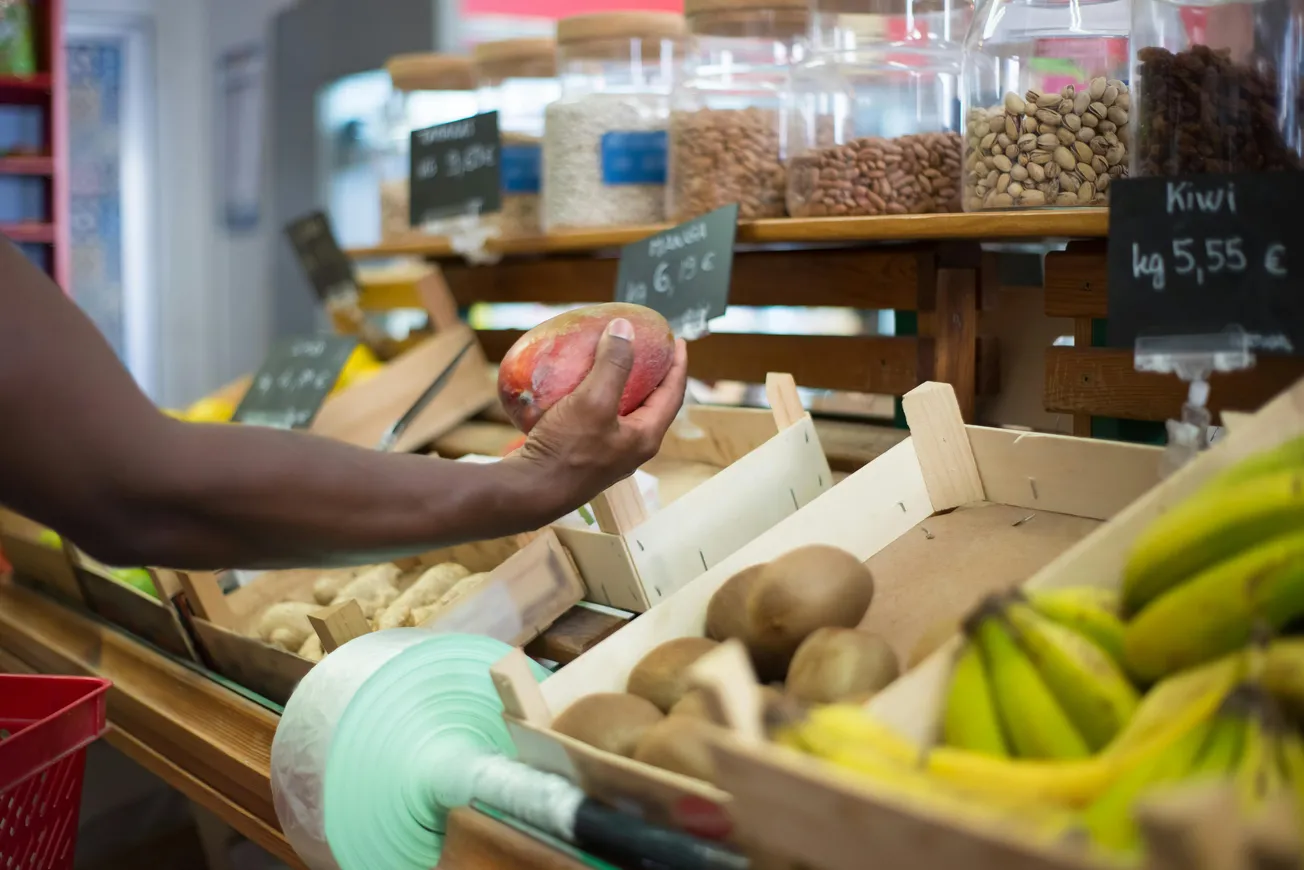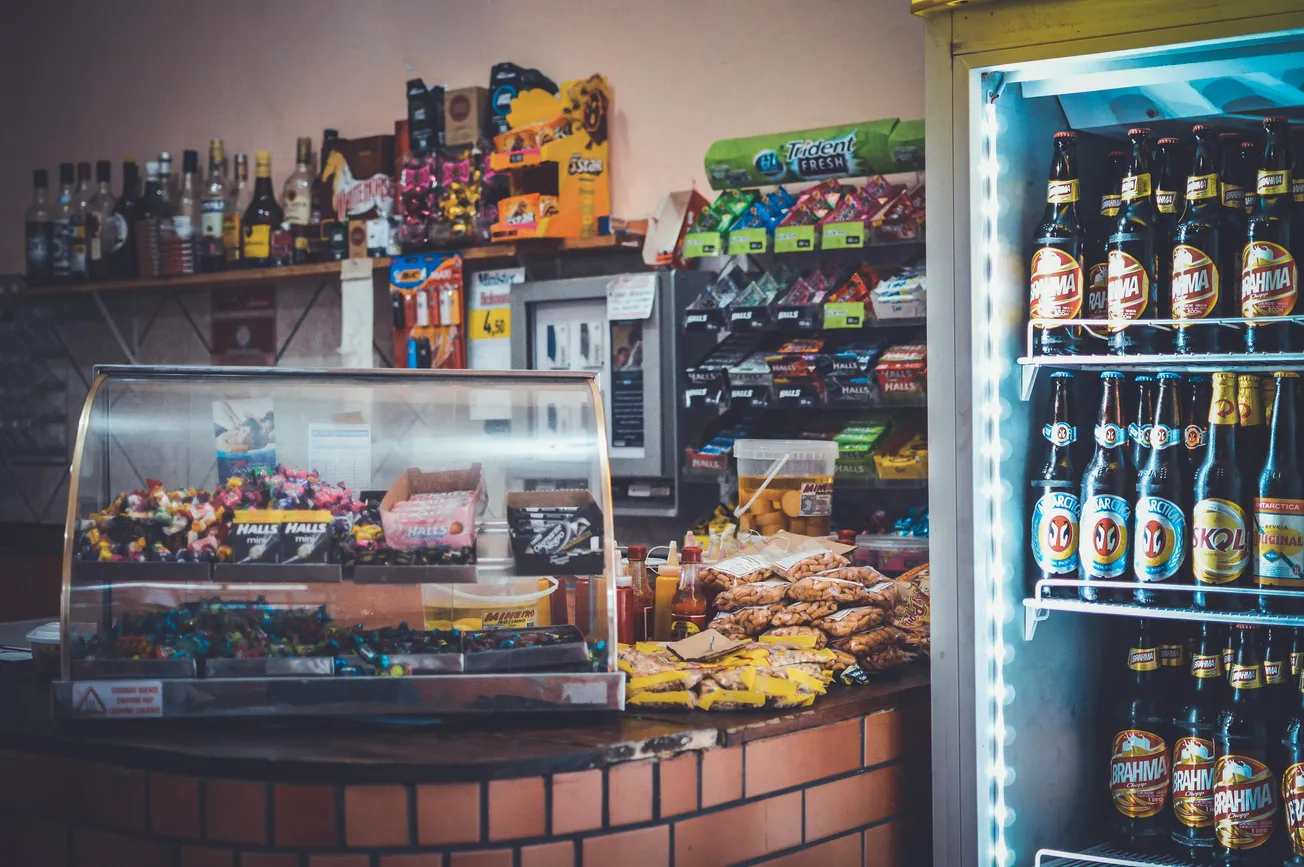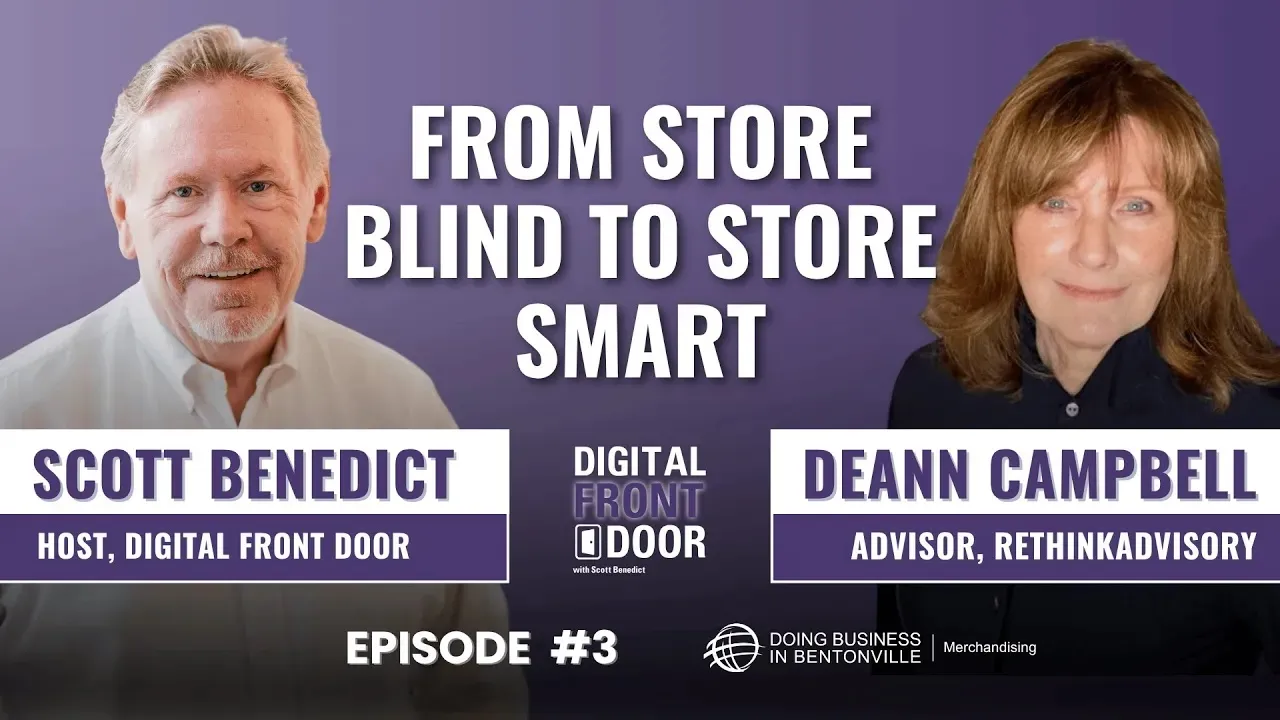Macroeconomic Headwinds Weigh on Retail Strategy
Retail leaders are navigating a turbulent policy environment this November, as two high-profile events shape the economic and operational context: the U.S. government shutdown—the longest in American history—and the start of COP30 in Brazil, notably without U.S. participation.
Each development has wide-reaching implications for supply chain strategy, consumer sentiment, and omnichannel execution.
Government Shutdown: Delayed Payments, Disrupted Demand
The extended U.S. government shutdown has begun to disrupt retail-adjacent programs such as SNAP and federal nutrition assistance, impacting lower-income household spending. For retailers, especially grocers and big-box chains, this represents not just a temporary dip in traffic but a margin risk in already volatile categories.
Additionally, prolonged federal gridlock can delay infrastructure funding, regulatory guidance, and economic data releases that inform inventory and merchandising decisions.
COP30 Begins Without U.S. Participation
As global leaders convene in Brazil for COP30 climate talks, the U.S. absence raises questions about future sustainability regulations and cross-border trade policy. Retailers that depend on international sourcing must prepare for potential shifts in carbon disclosure standards, packaging mandates, and ESG-related reporting.
The situation also underscores the urgency of building agile, low-carbon, and regionally diversified supply chains.
Strategic Outlook for Omnichannel Retailers
Together, these events highlight the need for scenario-based planning and risk mitigation in retail. Vendors and operators in Bentonville and beyond should monitor macro signals closely and adjust inventory, pricing, and promotional cadences accordingly.
Digital resilience—through flexible fulfillment networks, AI-powered demand forecasting, and modular merchandising—is no longer optional. It’s the foundation for growth amid uncertainty.










